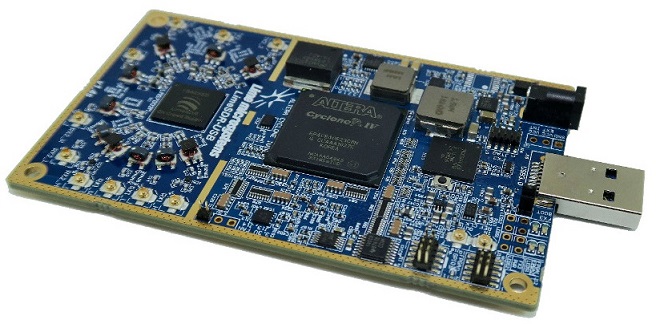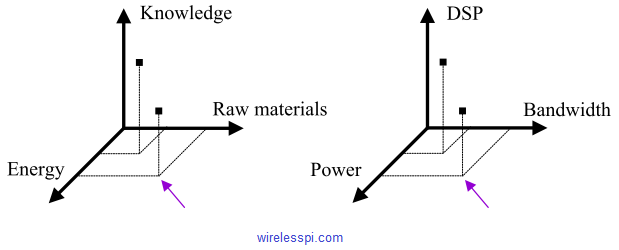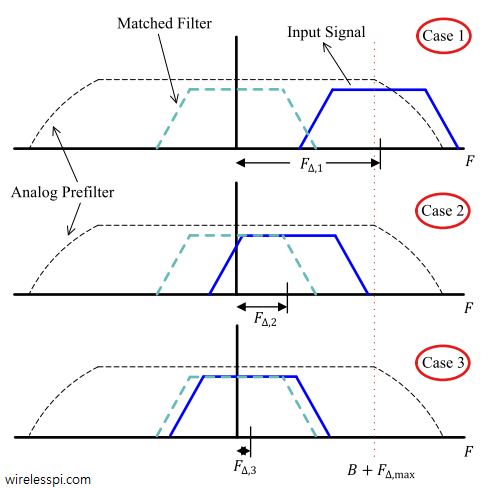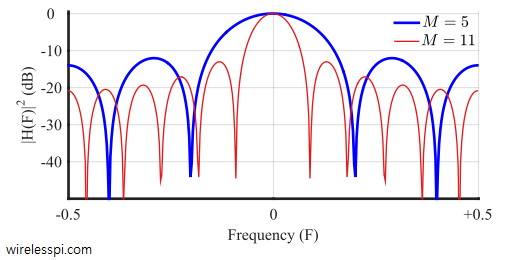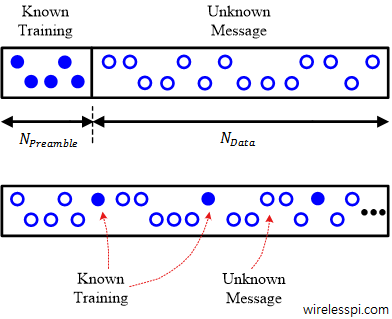In this article, I describe 5 of the most popular SDRs available for RF experimentation today. As a 6th member of this list, I include a surprisingly common and free SDR that can be used for your fun radio projects. Table of Contents Background Where We Came From Top SDRs 5. Universal Software Radio Peripheral (USRP) 4. LimeSDR 3. HackRF One 2. ADALM-Pluto 1. RTL-SDR 0. A Free SDR We start with a little bit of background and where we came from. Background Software Defined Radio (SDR) has revolutionized wireless communication in the same way Microsoft revolutionized the scope of
Continue reading